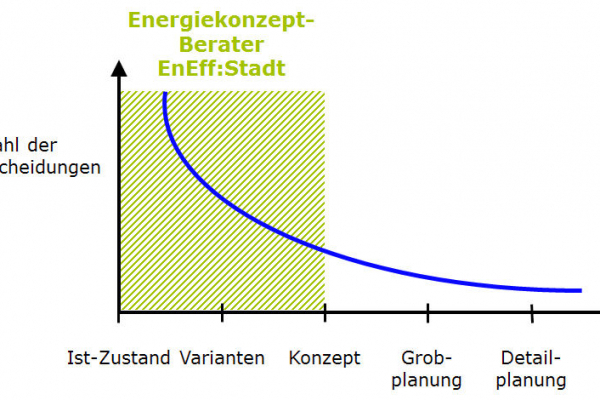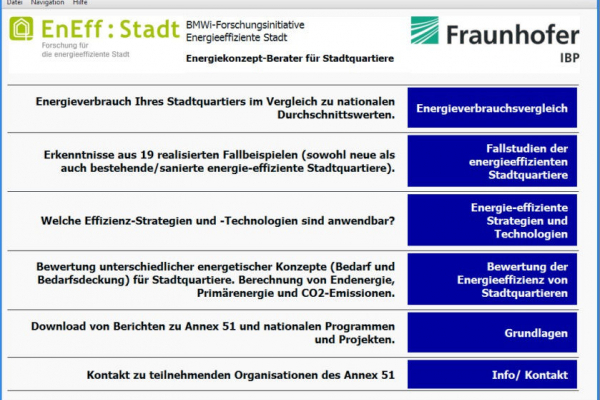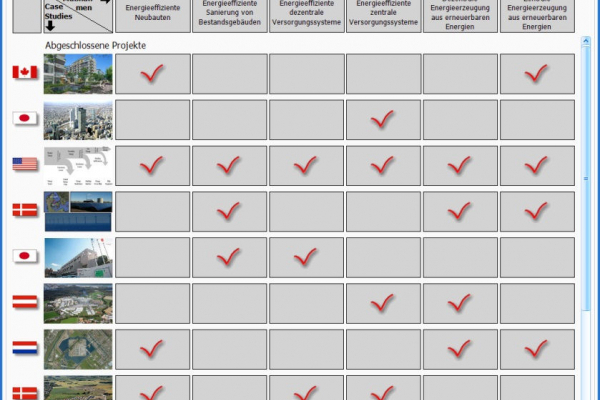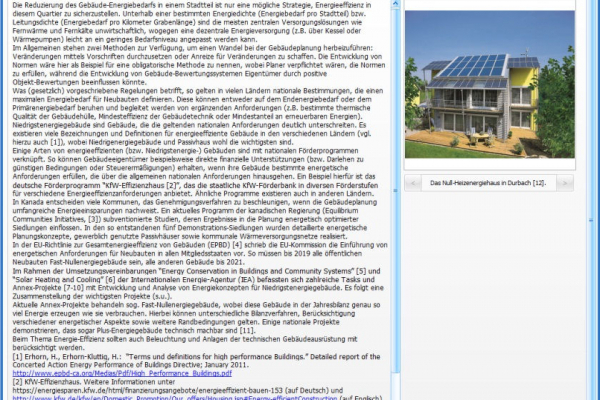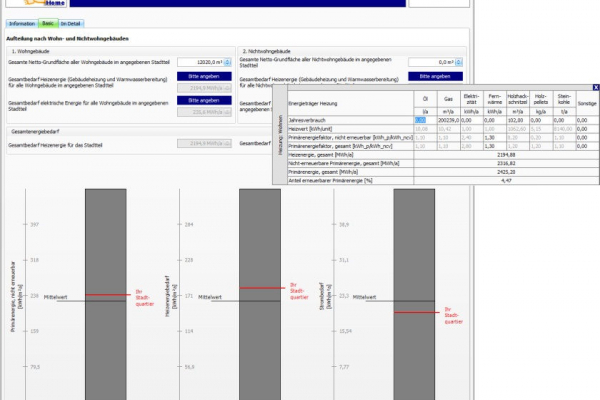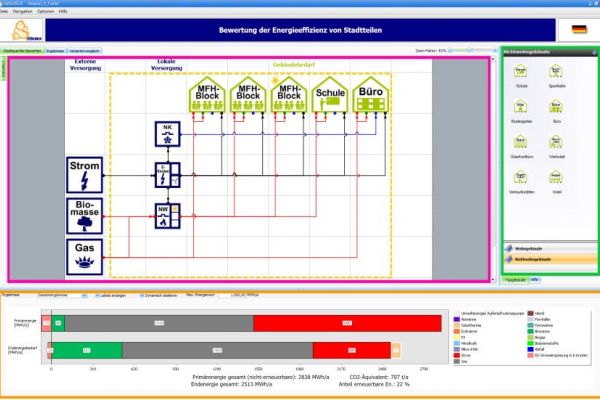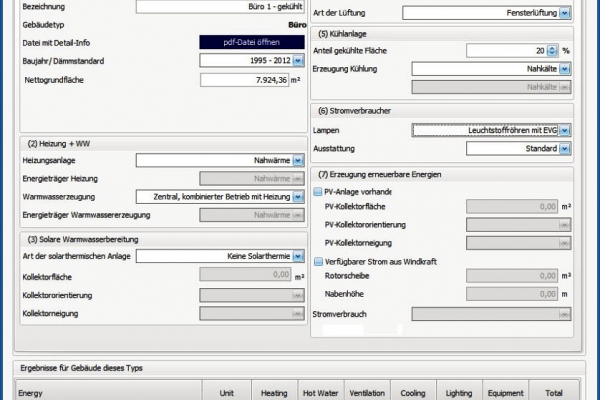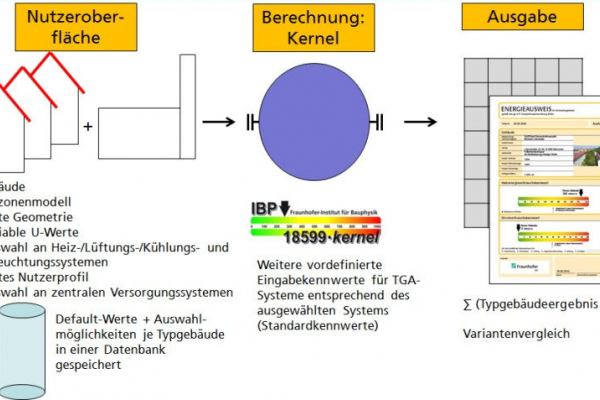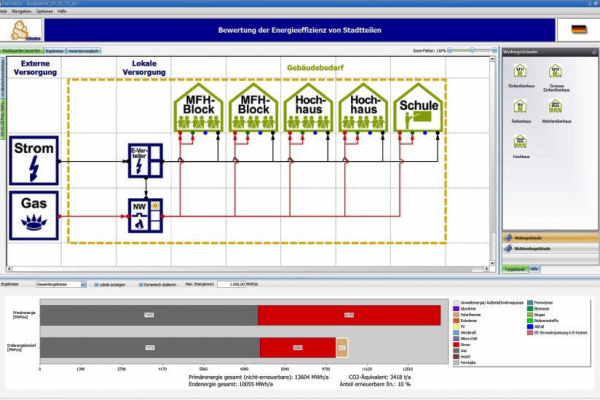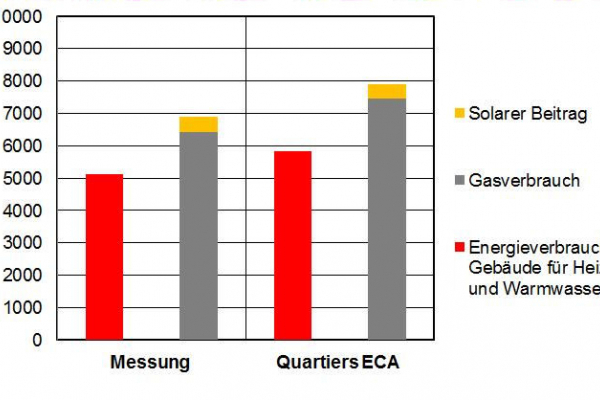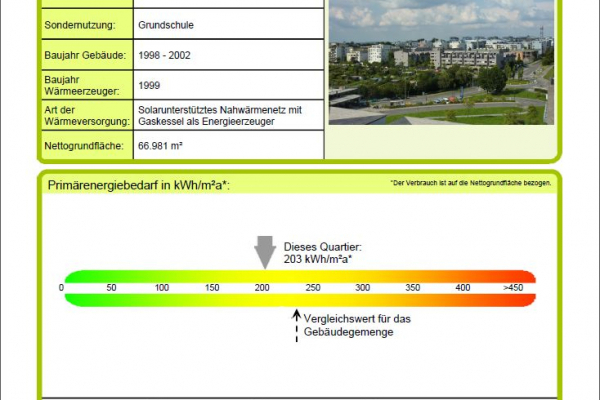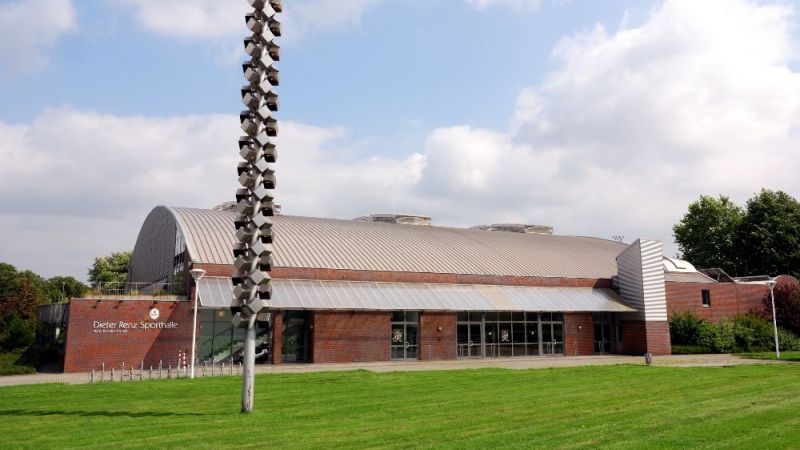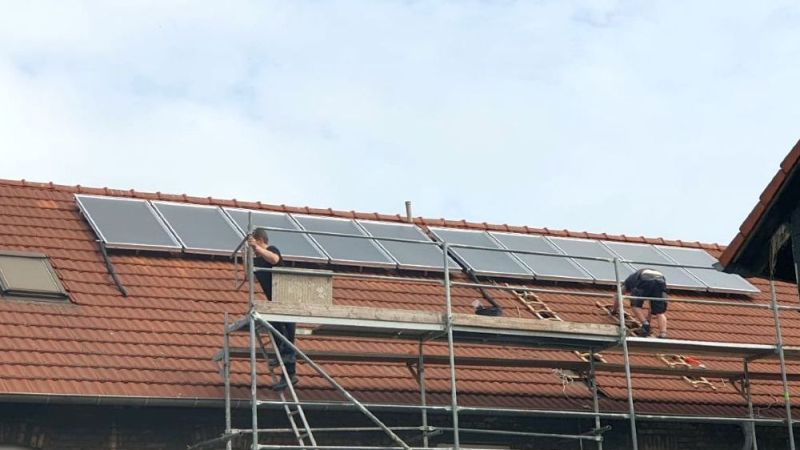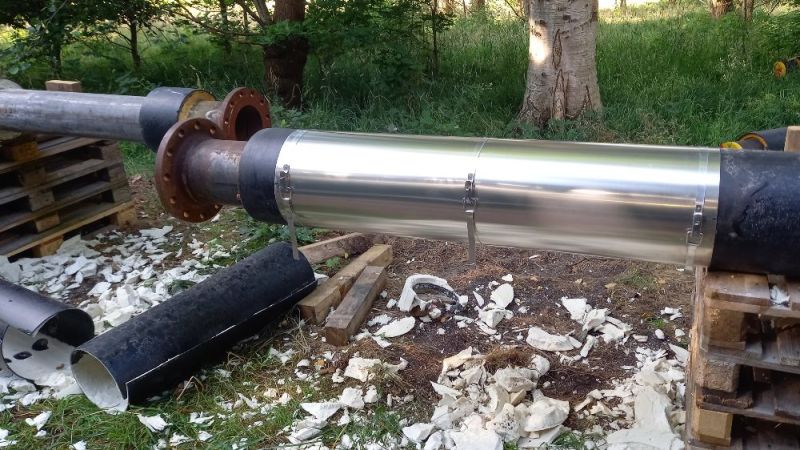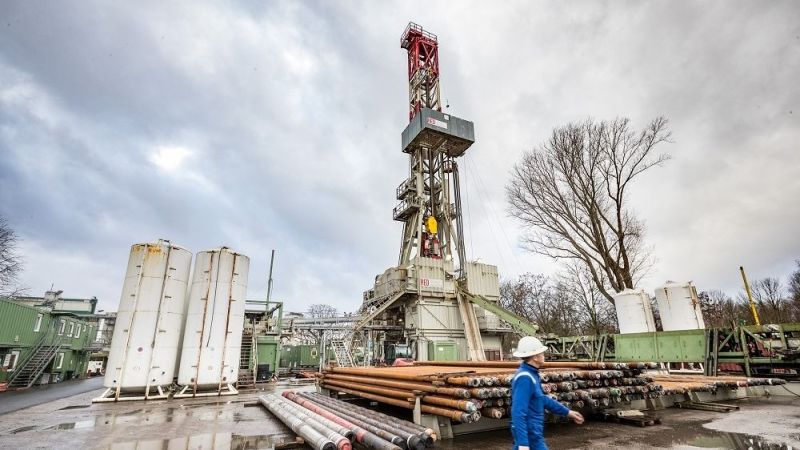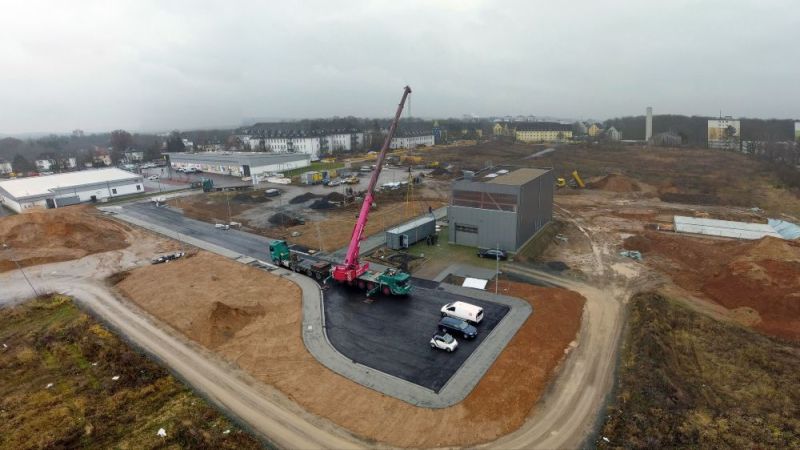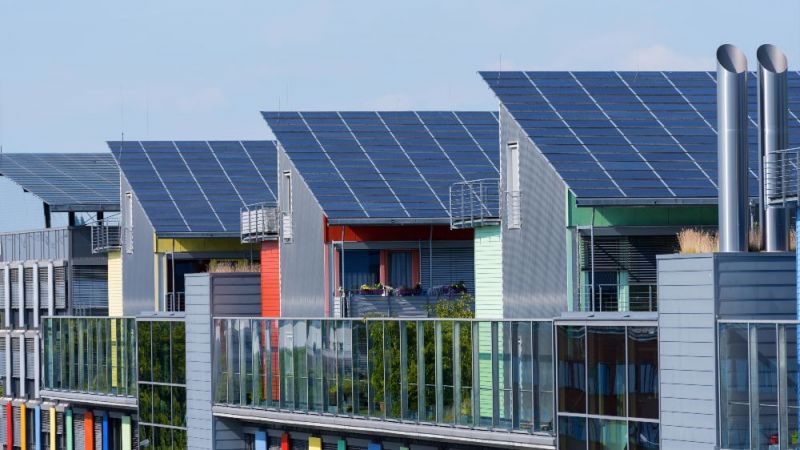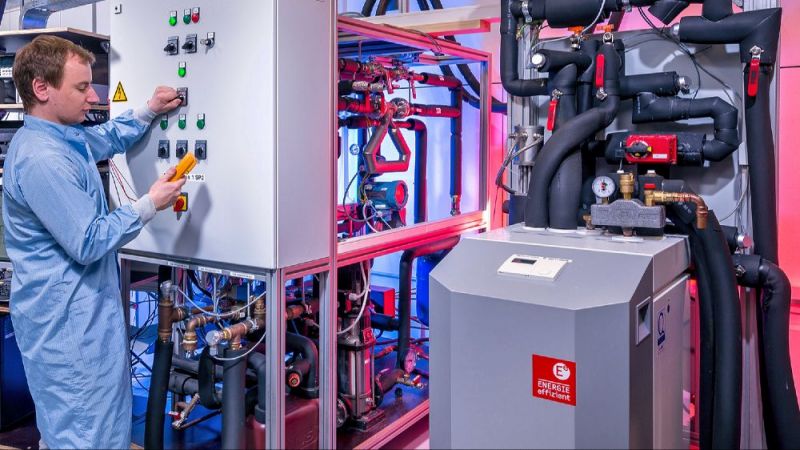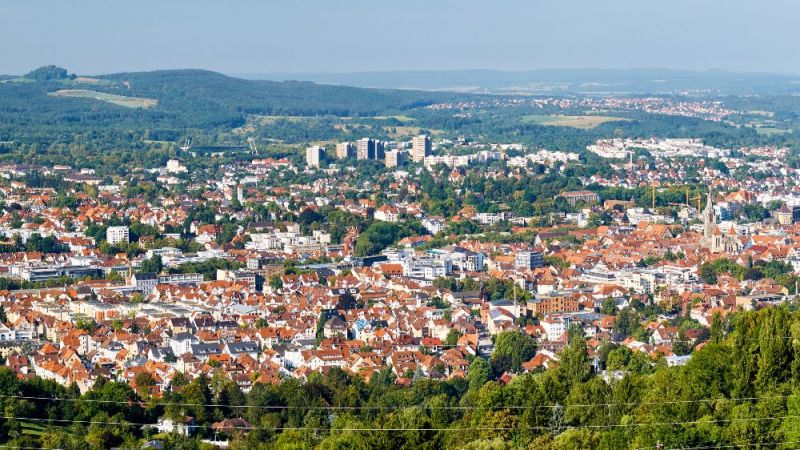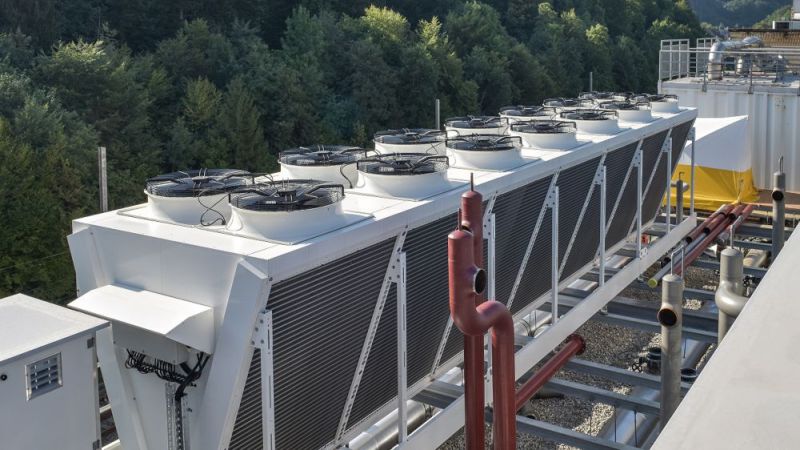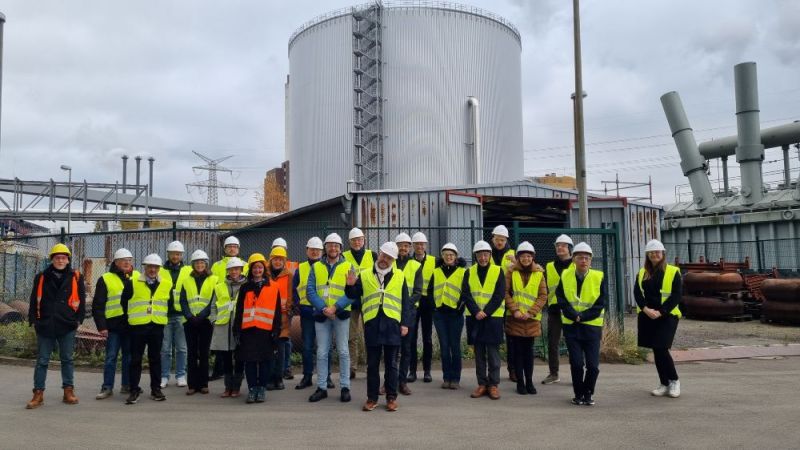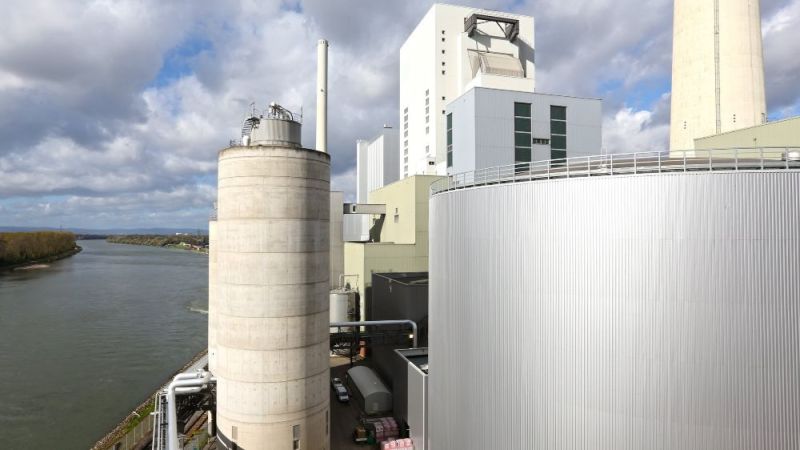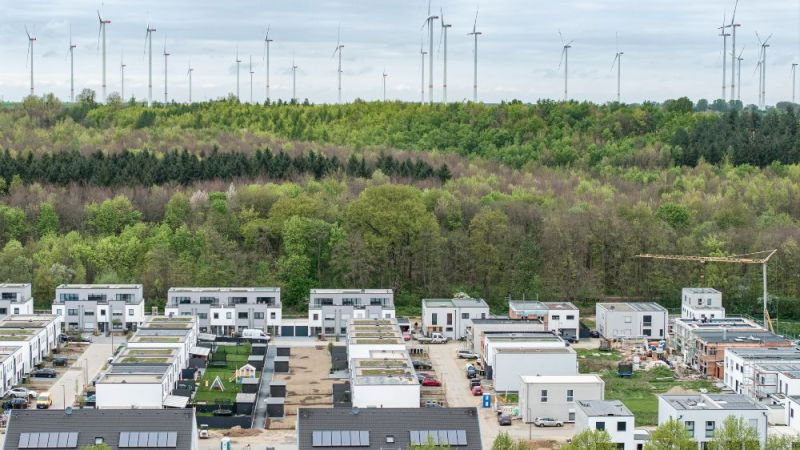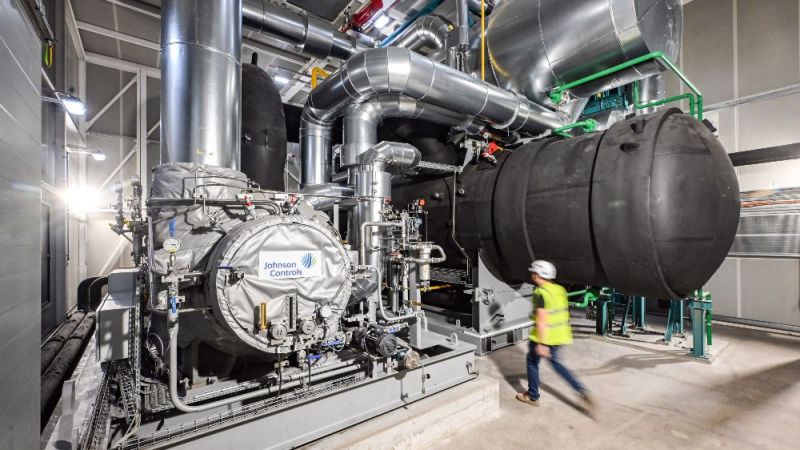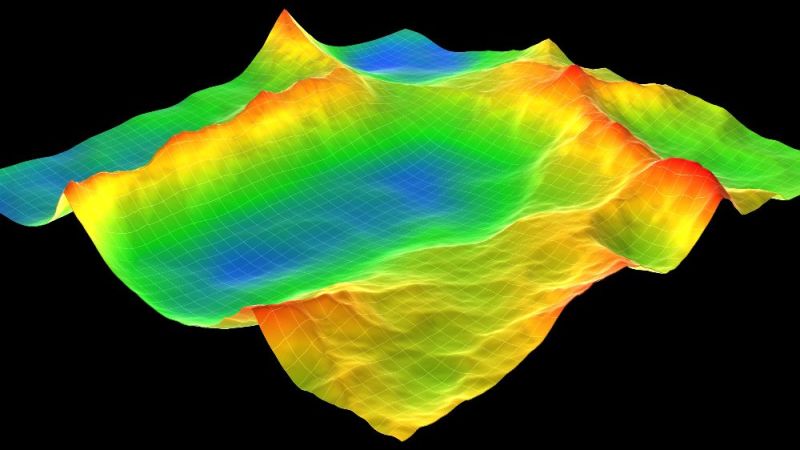
Consulting software for district concepts
Assessing the energy efficiency of urban districts
The energy concept consultant for urban districts supports city planners and other actors in the development of districts during the initial planning phases. The software contains a collection of individual planning tools as well as reference examples for national and international demonstration projects. The software was developed as part of the EnEff: Stadt support research. The core of the free software is the energy-based assessment of urban districts with different structural qualities and supply strategies based on preconfigured building types and energy systems. An English version with country-specific boundary conditions and information has been created as part of the International Energy Agency's IEA ECBCS Annex 51.
The District Energy Concept Adviser is intended to support urban planners, housing associations, developers and local decision-makers in the early stages when planning energy concepts for urban districts. It helps both when planning new neighbourhoods as well as when refurbishing or converting the energy supply for existing urban districts. In the early planning stages, the most – and often most far-reaching – decisions are made with respect to the type and level of energy consumption. This is why the Energy Concept Adviser provides tools that are easy to use and do not require too much detailed information to be entered, but which nevertheless make it possible to reliably assess the energy efficiency potential of different buildings and supply strategies. The software programme is not intended for dimensioning individual technologies. This work is normally carried out in later design phases. Instead it enables a quick comparison to be made of the diverse strategies relating to buildings and decentralised (building-based) and centralised energy provision.
Research focus
The main advantage of the energy assessment tool is the user interface full of default values, starting with building types (single-family homes, apartment buildings, office buildings, schools, shops, etc.) and the pre-configured building envelope surfaces in accordance with the age of the building and the choice of building services technology. In many areas, users can adjust the default values to match the actual conditions if these are more precisely known. However, it is not necessary to carry out a detailed assessment of each building in the urban district, although of course more precise knowledge about the neighbourhood will provide a more accurate result for the energy assessment.
The examples of energy-efficient urban districts were collected within the IEA ECBCS. The 19 case studies for new or refurbished districts provide inspiration for users’ own projects and offer information on previous experiences.
The software programme was internationalised as part of IEA ECBCS Annex 51 “Energy Efficient Communities – Case Studies and Strategic Guidance for Urban Decision Makers”. Among other things, national building types, national climate data and a customised presentation of the results have been created. Different countries prefer primary energy (total or non-renewable), CO2 emissions (in CO2 or CO2 equivalent) or only final energy as output parameters.
Various strategies and technologies can contribute to a more energy-efficient district. This programme section shows what measures are possible and lists links to more detailed information, mostly from specific IEA project groups.
Milestones and successes
The “Energy Assessment of Districts” tool makes it possible to assess the energy requirements of an urban district with a large number of buildings using a CEN-compliant, standardised European EPBD evaluation method (EU Energy Performance of Buildings Directive). Depending on what is standard in the respective country, the results encompass the usable energy, final energy, primary energy, CO2 emissions or CO2 equivalent emissions, as well as the renewable proportion of the energy consumption. In the German version, the following results are presented in a graphical and tabular manner:
- Usable energy
- Final energy
- Non-renewable primary energy
- CO2 equivalent emissions
- Renewable proportion of the energy consumption
To enable the characteristic values of urban districts with up to several 100 buildings to be entered quickly and easily, national building types have been stored in libraries. For each building type, a fixed geometry, user profile and U-values for the building envelope as a function of the building age are defined.
For the energy supply, it is possible to model both centralised systems for the heating and cooling (local and district heating and cooling networks) as well as decentralised systems, i.e. heating and cooling systems that are installed in individual buildings.
Electricity generated in the district can be fed into the national electricity grid. It is then offset against the final and primary energy requirements and the CO2-equivalent emissions for the district in the overall annual balance. This makes it possible to determine whether it is a final or primary energy-neutral district, a CO2 equivalent-neutral district or even an energy-plus district. Heat generated from renewable energy in the district can only be used in the district itself, or only be counted for self-use, i.e. it cannot be fed into the district heating.
Application
The software is downloadable for free at the website of the District Energy Concept Adviser. Registration is required, therefore the users will receive more information and updates.
17.11.2021


